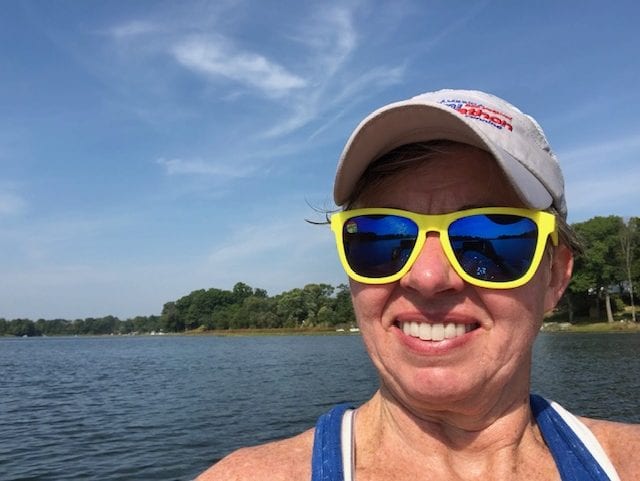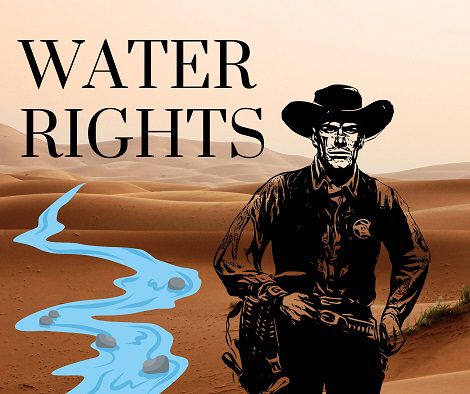Many of you from central Indiana will have already heard about the LEAP Innovation and Research District, the project that will transform thousands of acres of Boone County farmland into a high-tech business district. However, most people in northern Indiana are unaware of this project and might wonder why this would impact Marshall County.
There are plenty of pros and cons to such a project that I won’t get in to, but the one that concerns me is the redistribution of water.
“There’s just not enough water in the Indianapolis area to support this,” states Lebanon Mayor Matt Gentry “Water here in Boone County is a challenge. We have to find some solution to bring additional water to central Indiana.” Indiana Economic Development Corporation (IEDC) has developed a plan that would pipe in billions of gallons of water to Boone County each year from the Wabash River. Of particular note is that the Wabash River does not run through Boone County. The state plans to build a pipeline that would carry water from an aquifer under the Wabash River to the LEAP project in Boone County. This concerns the counties who rely on the Wabash River and the underlying aquifer.
Lebanon Mayer Matt Gentry continues “It’s not their water. I understand that they may be upset about it but, again, that water doesn’t belong to them. It’s a public water source….There is plenty enough to share.”
The Concern
“We don’t have any law or regulation that limits anybody who wants to take away water from a public water source for any purpose – surface water or ground water. There is no permit required to do it,” said Jane Frankenberger, a Purdue professor who specializes in water quality issues. “We have nothing to deal with that at all, and I think that’s an area we have to deal with.”
Whose Water Is It?

We are blessed with plenty of water in Marshall County. I assume that means the aquifers are bountiful however I haven’t been able to find specific data to support that assumption. According to Lebanon’s mayor, aquifers are a public water source and anyone should be able to access them. And as stated by Frankenberger, there currently isn’t any law or regulation that limits anybody from withdrawing from them.
This LEAP project demonstrates that we can’t assume that water in our county, whether above or below ground, is “our” water.

The Big Thirst
Charles Fishman has written a book “The Big Thirst” which states that we’ve already left behind the golden age of abundant, free and safe water. He emphasizes that the way we think about and behave towards water needs to change. I agree and highly recommend this book.
In the old days of the Wild West they used the system first in time, first in right. You simply wrote a notice and nailed it to a tree and if you were first, you had the rights to that water.
Perhaps I’ll give that a try.

Hi, I’m Debbie Palmer. I received a BS in Horticulture from Purdue University. Here at LMEF, I am responsible for outreach presentations, monitoring the lake and it’s wetlands, project manager for restoration and research projects, and act as a community resource for all things related to the well-being of Lake Maxinkuckee and its surrounding watershed. I completed Indiana Watershed Leadership Academy, volunteer with the Indiana Clean Lakes Program, Hoosier River Watch and Marshall County Lakes and Waters and serve as a Board Member for Indiana Lakes Management Society.


Recent Comments